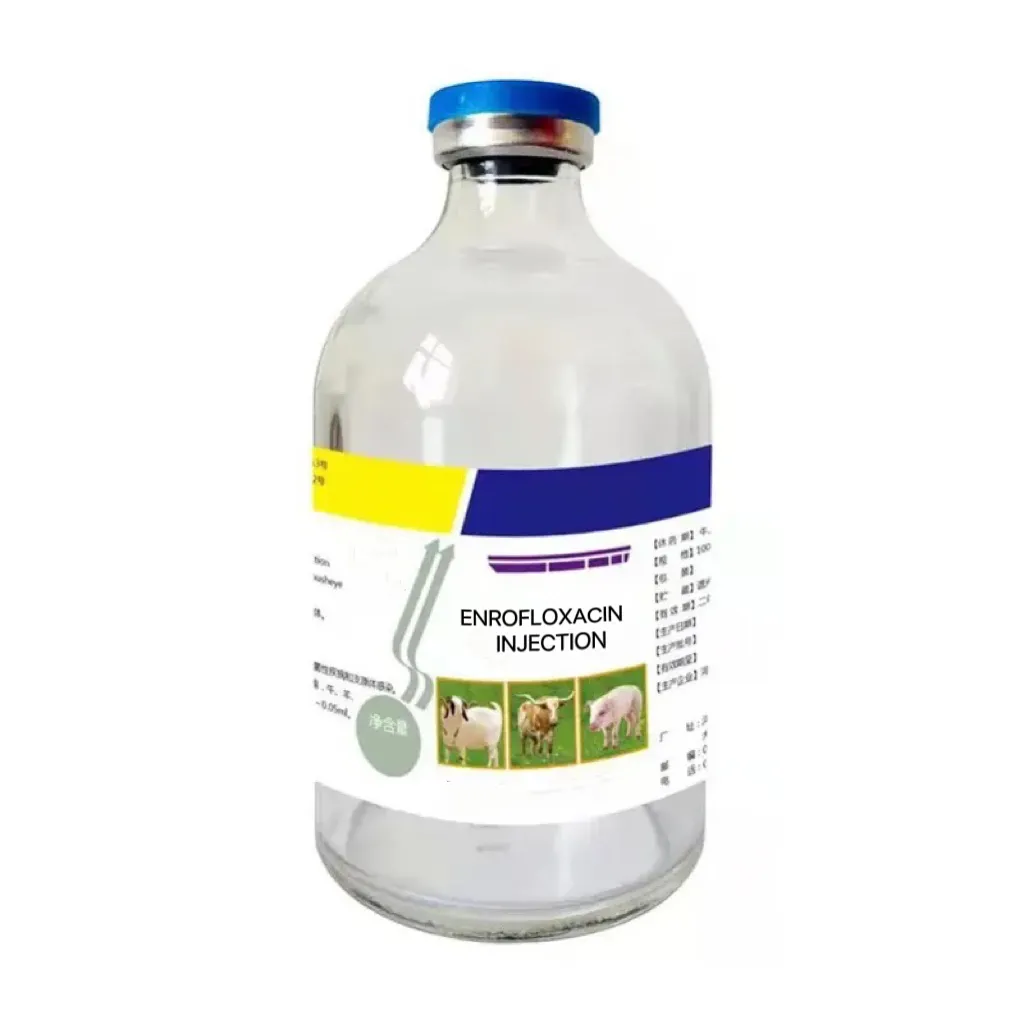- Afrikaans
- Albanian
- Amharic
- Arabic
- Armenian
- Azerbaijani
- Basque
- Belarusian
- Bengali
- Bosnian
- Bulgarian
- Catalan
- Cebuano
- Corsican
- Croatian
- Czech
- Danish
- Dutch
- English
- Esperanto
- Estonian
- Finnish
- French
- Frisian
- Galician
- Georgian
- German
- Greek
- Gujarati
- Haitian Creole
- hausa
- hawaiian
- Hebrew
- Hindi
- Miao
- Hungarian
- Icelandic
- igbo
- Indonesian
- irish
- Italian
- Japanese
- Javanese
- Kannada
- kazakh
- Khmer
- Rwandese
- Korean
- Kurdish
- Kyrgyz
- Lao
- Latin
- Latvian
- Lithuanian
- Luxembourgish
- Macedonian
- Malgashi
- Malay
- Malayalam
- Maltese
- Maori
- Marathi
- Mongolian
- Myanmar
- Nepali
- Norwegian
- Norwegian
- Occitan
- Pashto
- Persian
- Polish
- Portuguese
- Punjabi
- Romanian
- Russian
- Samoan
- Scottish Gaelic
- Serbian
- Sesotho
- Shona
- Sindhi
- Sinhala
- Slovak
- Slovenian
- Somali
- Spanish
- Sundanese
- Swahili
- Swedish
- Tagalog
- Tajik
- Tamil
- Tatar
- Telugu
- Thai
- Turkish
- Turkmen
- Ukrainian
- Urdu
- Uighur
- Uzbek
- Vietnamese
- Welsh
- Bantu
- Yiddish
- Yoruba
- Zulu
Dec . 16, 2024 14:52 Back to list
Oxytetracycline Injection Use and Effects in Cattle Health Management
Oxytetracycline Injection in Cattle An Overview
Oxytetracycline, a broad-spectrum antibiotic belonging to the tetracycline class, is widely utilized in veterinary medicine, especially in the livestock industry. This antibiotic is particularly important for the treatment and prevention of bacterial infections in cattle. Although its use has been instrumental in managing herd health, it is vital to understand its applications, benefits, and potential risks to ensure responsible usage.
Mechanism of Action
Oxytetracycline works by inhibiting protein synthesis in bacteria, ultimately leading to bacterial cell death. It is effective against a wide range of gram-positive and gram-negative bacteria, making it a versatile antibiotic for treating various infections, including respiratory diseases, mastitis, and enteric infections in cattle. Its bacteriostatic action slows down bacterial growth, giving the immune system the opportunity to eradicate the infection.
Indications for Use
In cattle, oxytetracycline is commonly employed for
1. Respiratory Diseases It is frequently used to treat pneumonia and other respiratory infections caused by pathogens such as Mannheimia haemolytica and Pasteurella multocida.
2. Mastitis The antibiotic can be effective against certain bacteria that cause mastitis in dairy cows, helping to reduce inflammation and improve milk production.
3. Enteric Infections Oxytetracycline is useful for treating gastrointestinal infections, such as those caused by E. coli and Salmonella, which can significantly affect growth rates and overall health.
4. Foot and Mouth Disease While primarily a control measure and not a cure, oxytetracycline can help treat secondary bacterial infections that occur with foot and mouth disease outbreaks.
Dosage and Administration
Oxytetracycline can be administered via various routes, including intramuscular, subcutaneous, or intravenous injection. The dosage depends on the severity of the infection, the size of the animal, and the specific formulation of oxytetracycline used. It is crucial for veterinarians to determine the appropriate dosage and duration of treatment to minimize the risk of developing antibiotic resistance.
Benefits
oxytetracycline injection in cattle

The use of oxytetracycline in cattle presents several benefits
1. Rapid Action Its effectiveness in combatting bacterial infections can lead to quicker recovery times for affected animals, which is essential for maintaining herd health and productivity.
2. Wide Range of Activity Its broad-spectrum nature means that it can be used to treat a variety of infections without needing to identify the specific bacterial strain initially.
3. Economic Impact By reducing the duration of illness and preventing the spread of infections within herds, oxytetracycline contributes to economic stability for farmers and the agricultural industry.
Risks and Considerations
Despite its benefits, the use of oxytetracycline in cattle is not without concerns. One prominent issue is the potential development of antibiotic resistance. Overuse or misuse of antibiotics can lead to resistant bacterial strains, which pose a significant threat to both animal and human health.
To mitigate these risks, it is essential to follow guidelines regarding antibiotic use, including
1. Proper Dosage Adhering to recommended dosages and treatment durations to prevent under-treatment or overexposure.
2. Veterinary Oversight Consulting with veterinarians before administering antibiotics to ensure appropriate use in line with health needs.
3. Withdrawal Periods Observing the appropriate withdrawal times before selling or consuming meat or milk from treated animals to prevent antibiotic residues.
Conclusion
Oxytetracycline injections have become an essential tool in managing health issues in cattle. While its effectiveness in treating a range of bacterial infections is well-documented, the need for responsible use cannot be overstressed. Farmers and veterinarians must work together to ensure that oxytetracycline, and antibiotics in general, are used judiciously to safeguard animal health while minimizing risks associated with antibiotic resistance. By doing so, the cattle industry can continue to thrive and meet the growing demands for livestock products.
-
Guide to Oxytetracycline Injection
NewsMar.27,2025
-
Guide to Colistin Sulphate
NewsMar.27,2025
-
Gentamicin Sulfate: Uses, Price, And Key Information
NewsMar.27,2025
-
Enrofloxacin Injection: Uses, Price, And Supplier Information
NewsMar.27,2025
-
Dexamethasone Sodium Phosphate Injection: Uses, Price, And Key Information
NewsMar.27,2025
-
Albendazole Tablet: Uses, Dosage, Cost, And Key Information
NewsMar.27,2025













